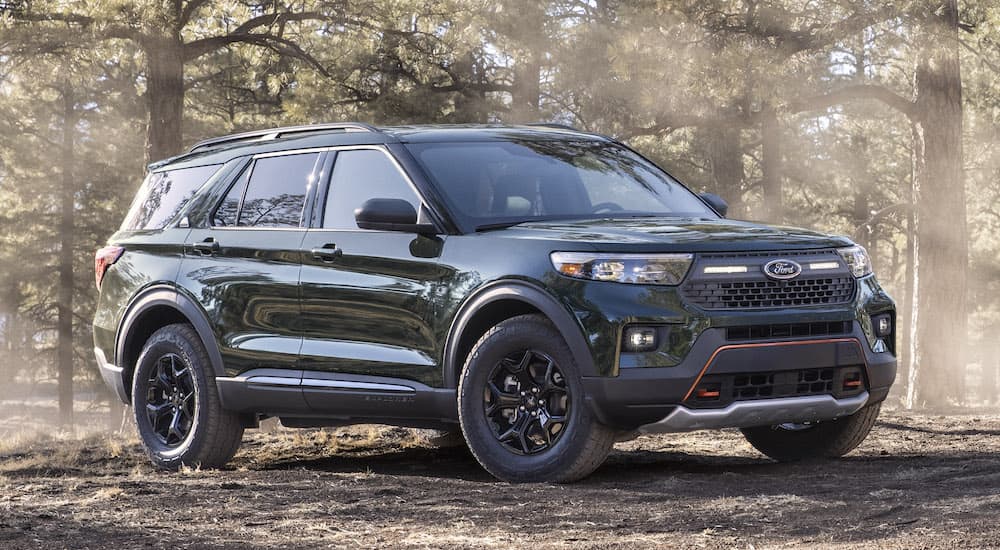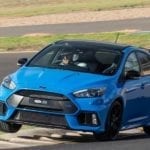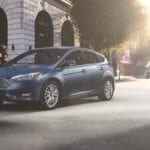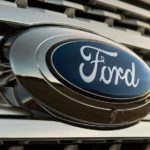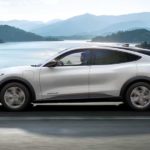In 2020, Kelley Blue Book ranked the Ford Fusion as the eighth best midsize car of the year. However, that was also the last year Ford built this or any other sedan, save for the Mustang, which is being continued as more of a legacy model. If you stop into your local Ford dealer, you will probably only see Fusions and other sedans on offer either as used or Certified Pre-Owned models.
Ford had made a bet that the public wanted more SUVs, trucks, and EVs, so it moved all of its North American production in that direction. As the President of Ford North America, Kumar Galhotra, explained, “The key here is, not just for us, the sedan segment itself has been in decline for a very long time, and that decline has been accelerating over the last few years.” As a result, Ford shifted its entire production to building trucks and SUVs, with an emphasis on EVs and hybrids. The company hypothesized that the future of the industry is in larger models powered by electric motors, either alone or in concert with gas engines.
A History of Industry Changes
Making changes in vehicle lineups is not something new. In the mid-’70s, American automakers shifted gears to producing smaller cars with better fuel economy, as the gas crises of 1973 and 1979 took their toll on family budgets. This was also done to better compete with the more fuel-efficient cars coming out of Europe and Japan. Similarly, in the ’80s, automakers began building more minivans as suburban soccer moms and dads wanted a model that was perfect for moving the kids and all their gear around town. However, most folks have left the minivans back in the ’80s along with their parachute pants and mullet haircuts.
Nevertheless, the bet that Ford made was pretty big. In a way, the leadership of Ford put their careers on the line by taking this gamble, leaving other automakers like Honda, Hyundai, Toyota, and GM to fill the gap left by Ford in the sedan marketplace. Walking away from successful models like the Fusion was a bold move, and if it didn’t work out, it could affect Ford’s bottom line.
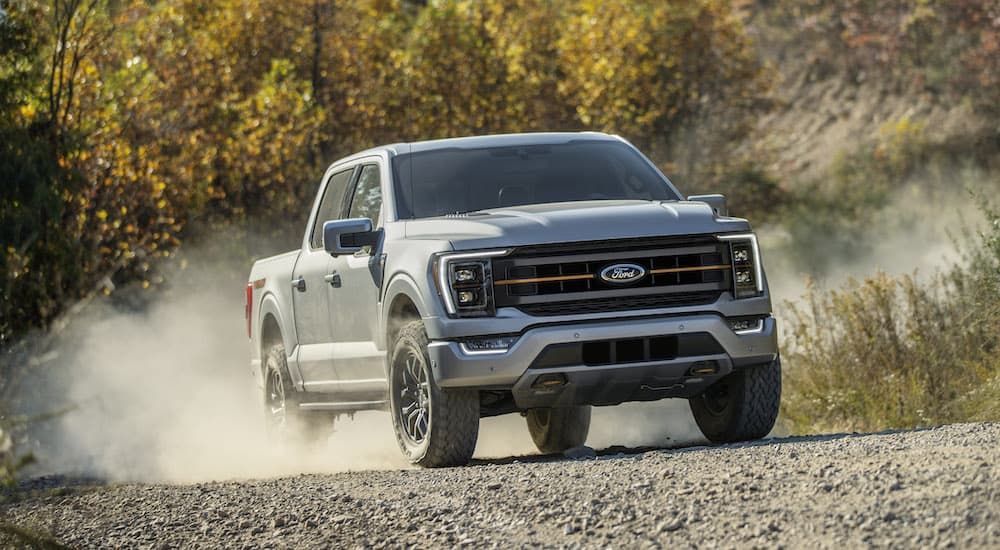
Early Returns on Ford’s Move
It has been two years since Ford took its bold step, and, so far, the move seems to be paying off. There are three reasons for this. First, pickup trucks continue to be the most successful models sold in the United States. Second, gas prices have gone up drastically over the past year since the end of the pandemic, more than doubling nationwide. Third, SUVs continue to be increasingly popular with suburban drivers, a core component of Ford’s market.
Ford reported an increase in sales for June 2022, selling over 152,000 vehicles during the month. This represents a 31.5% increase in sales, which is especially impressive in light of the industry-wide continuing shortage in semiconductors and other key components. Andrew Frick, Ford’s Vice President of Sales for America and Canada, pointed out, “Amid industry-wide supply constraints, Ford outperformed the industry driven by strong F-Series, Explorer, and new Expedition and Navigator SUV sales.” This suggests that Ford’s executives made the right decision two years ago.
Trucks Continue to Drive the Market
With the first half of 2022 in the books, automakers have been reporting their sales figures. Somewhat as expected, the top three selling models for the first half were pickup trucks. The Ford F-Series, Chevy Silverado, and Ram pickup literally crushed the competition, with over 800,000 trucks sold during the six-month period. In fact, the next closest model, the Toyota RAV4, sold over 44,000 vehicles fewer than the Ram pickup, which came in third. The leading model sold during this period was the Ford F-Series, with almost 300,000 vehicles sold, almost 40,000 more than the second place Chevy Silverado.
These sales figures show that Ford was right to emphasize pickup trucks. Moreover, the focus on the popular F-Series has paid off, with the F-150 and Super Duty models (F-250, F-350, and F-450) driving Ford’s bottom line. This is probably why Ford has expanded its lineup to include not just the F-Series but the midsize Ranger and all-new Maverick compact truck. In addition, Ford has pioneered the electric truck with the Ford F-150 Lightning quickly becoming the best-selling electric truck in America. The Maverick comes with a standard 2.5-liter I-4 hybrid engine, and the F-150 is offered with an optional 3.5-liter PowerBoost Turbo V6 hybrid. These show the nexus between two parts of Ford’s strategy of producing trucks and EVs.
Ford’s Future Is So Bright; It’s Electric!
Ford has also bet big on the growth of EVs. This includes battery electric vehicles (BEV), which only use electric power, and hybrids, which are vehicles that combine an electric motor charged or propelled in part by a gas engine. Currently, Ford produces two BEVs, the Ford F-150 Lightning full-size truck and the Ford Mustang Mach-E, a midsize SUV. The Mustang Mach-E is interesting as it builds on the performance one associates with the famous Mustang sports car, but unlike its namesake, it is a BEV SUV. The GT Performance Edition model of the Mustang Mach-E can actually go from 0 to 60 miles per hour in a blazing 3.5 seconds. These new Ford BEVs are not the glorified golf carts some folks think of when they are asked about EVs.
In addition, Ford has expanded the number of models it offers with an available hybrid engine. In addition to the aforementioned F-150 and Maverick, you can also buy a 2022 Escape or Explorer with a hybrid engine. The Escape is even available as a convenient plug-in hybrid, allowing you to charge the vehicle’s lithium-ion battery at any number of DC fast chargers located across North America.
This move to EVs couldn’t have come at a better time. For example, in New York State, a gallon of 87-octane gasoline has gone from an average of $2.98 to $4.85 in just the past year. This is similar to numbers seen across the country. Choosing to drive a vehicle with battery engine technology either reduces your consumption of gas in the case of a hybrid or eliminates it completely if you have a BEV. It appears that Ford timed the market to near perfection.
Putting the Sport and Utility in SUVs
The third pillar of Ford’s strategy was an expansion of SUV production. At the time Ford made its move in 2020, it was producing five different SUVs: the subcompact EcoSport, compact Escape, midsize Edge, three-row Explorer, and full-size Expedition. Each of these is offered with different powertrain and drivetrain options, with an eye toward being versatile for their category. This means that an Escape could serve as a commuter car for a student or worker, a family car for suburban homeowners, and a weekend vehicle for someone looking to take it out on adventurous excursions.
With its increased focus on SUVs, Ford introduced three new models. In addition to the BEV midsize SUV Mustang Mach-E, Ford also introduced two purpose-built models designed for off-roading. The Bronco is a reimagining of one of Ford’s most popular SUVs. However, this is a four-wheel drive standard SUV designed for off-roading. It comes loaded with trail-ready features and is available in two-door and four-door versions. The Bronco Sport is similar to the Bronco but is slightly smaller with standard all-wheel drive, so it has better on-road performance. Whichever one you choose, you get a rugged SUV that stands out from your standard suburban people mover.
This expansion of its SUV lineup has given Ford a broader appeal to drivers looking for this kind of vehicle. Just like its pickup trucks and EVs, Ford’s move seems to be paying off. The company sold over 102,000 Ford Explorers and almost 74,000 Ford Escapes during the first half of 2022, placing both SUVs among the 25 most popular models in America.
The Three-Part Strategy Moving Ford Ahead in This Decade
Ford took a big risk discontinuing its popular lineup of sedans, focusing instead on a three-part strategy involving the expansion of its pickup truck, EV, and SUV lineup. But this strategy seems to be working. The Ford F-Series is the most popular vehicle in the United States, and its sales of EVs and SUVs have gone up as well. Predicting the market is never easy, as there are so many external factors that can affect sales, such as fuel costs, popular taste, the availability of component parts, and the state of the economy. However, it seems that Ford made the right move two years ago, accurately predicting the future of the automotive market here in North America.
